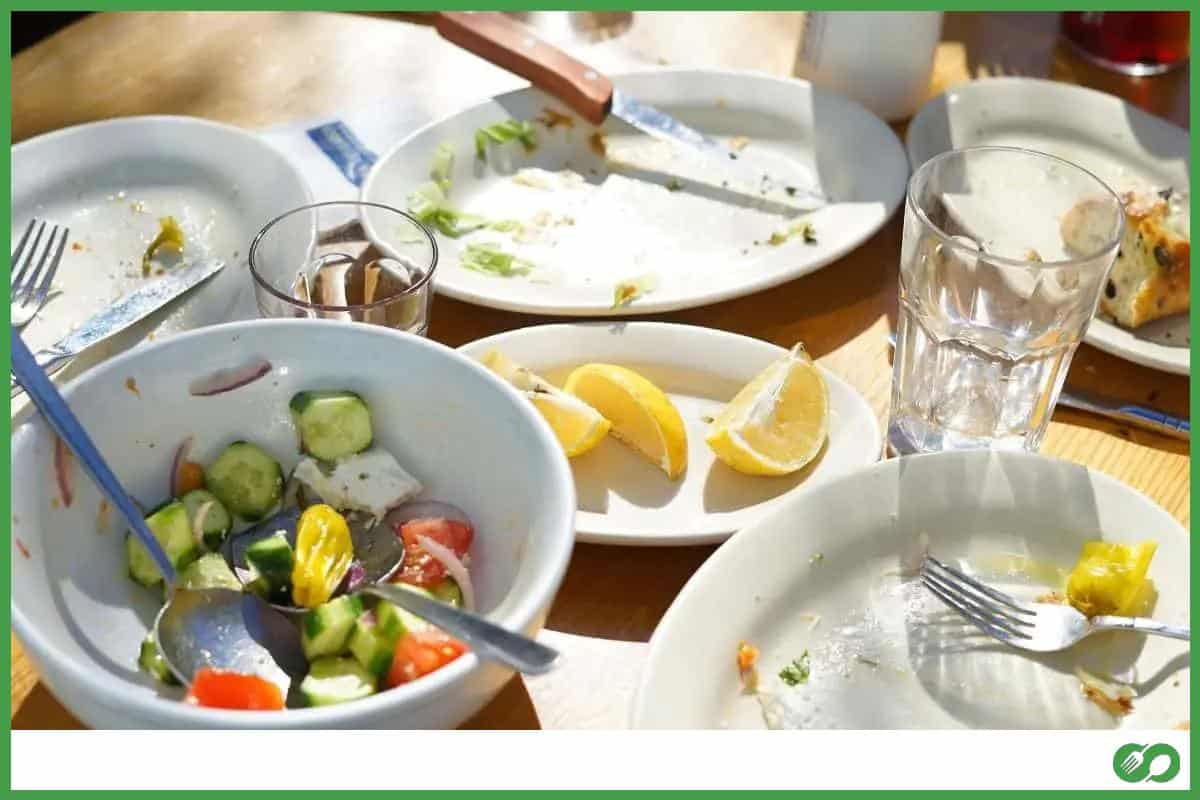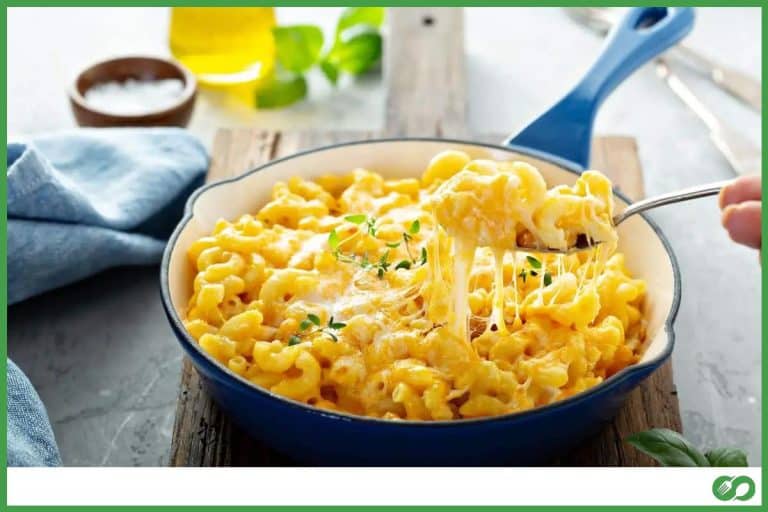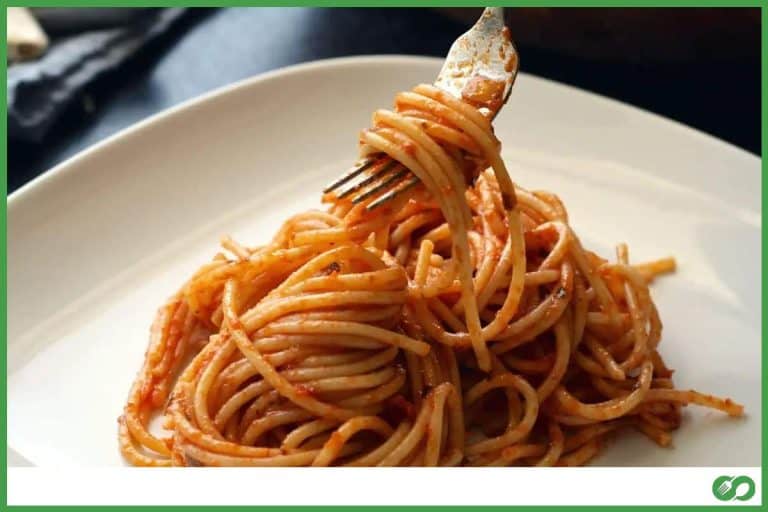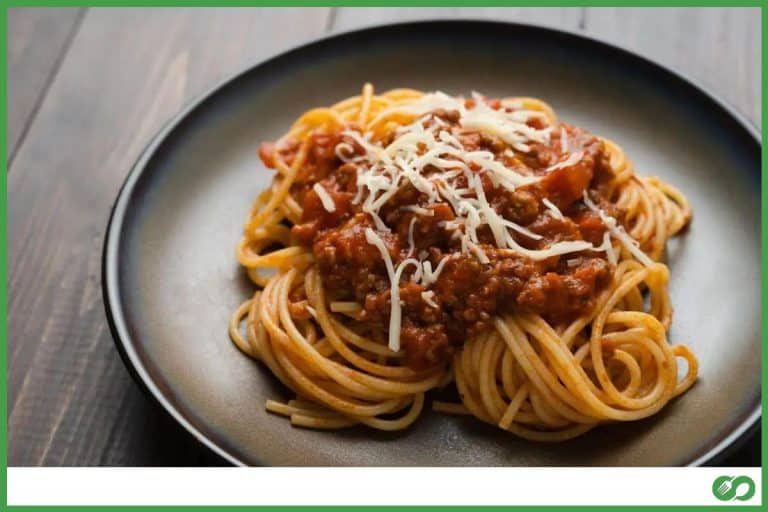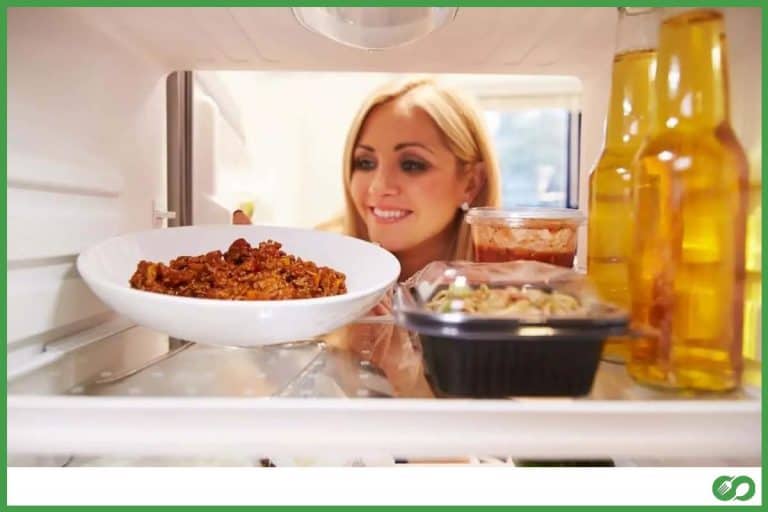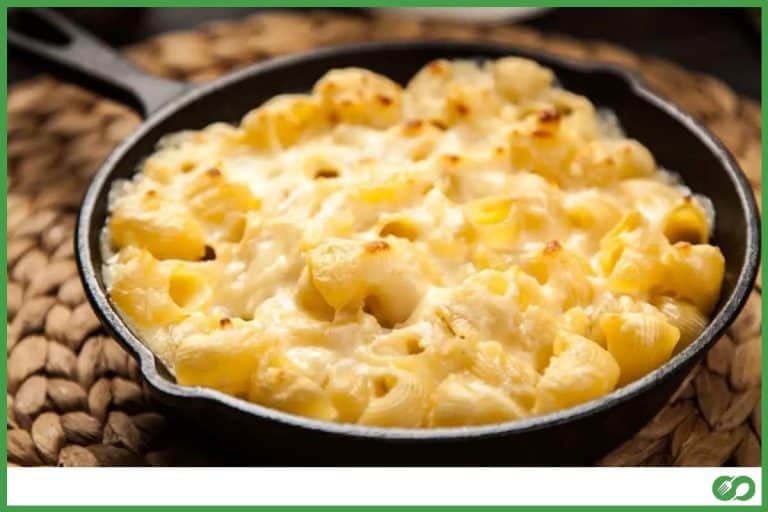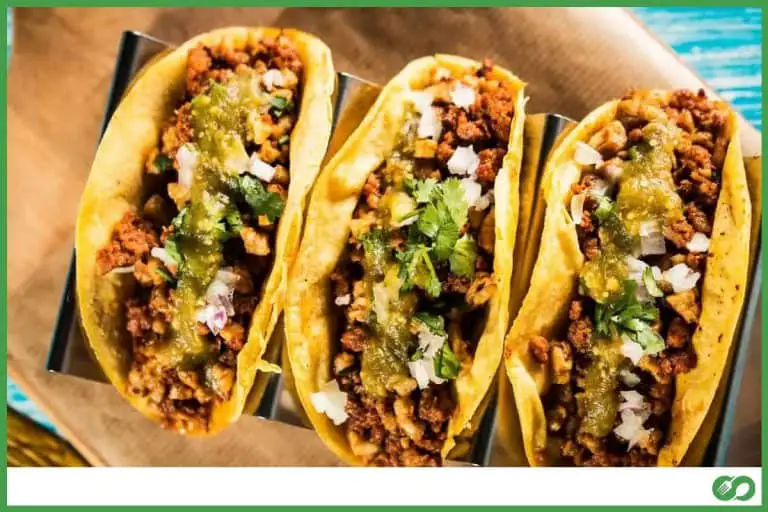What Do Restaurants Do With Leftover Food?
This post may contain affiliate links which means that, if you choose to make a purchase, I may earn a small commission at no extra cost to you.
If you have ever stepped foot into the back of the house of a restaurant, then you might have noticed the massive amount of preparation work that is completed before each shift or the loads of food left on plates waiting to be washed. It may have left you wondering what the restaurants do with leftover food.
Unserved food will be repurposed for the shift, served as a staff meal at the end of the night, or sometimes donated to a local homeless shelter. All served food that is leftover on the customer’s plates is thrown away. Sometimes local farmers will pick through this food to salvage any leftovers for their livestock.
Whatever the restaurant determines to do with their leftover food is truly dependent on the guidance of the owner, manager, or head chef. Continue reading for more information on the different things restaurants can do with leftovers and what other food establishments – buffets, bakeries – are allowed to do with their leftovers.
Leftover Food in a Restaurant
When you think of “leftover food” from a restaurant most people may think this just pertains to the food that you sometimes leave on your plate – but there are a few other types of leftover food that can be found in the kitchen of a restaurant.
- Surplus of Purchased Food: Head chefs are typically responsible for purchasing food for the kitchen. They have to estimate how much of each particular ingredient they will need for each shift, day, etc.
Food products like meats, dairy, and produce are not self-stable and therefore need to be prepared and used within a limited time. If these foods are nearing their expiration date and will not be used, then they are considered leftover.
- Extra Prepared Food: Just as the head chef may estimate how much of a particular ingredient the restaurant may use, he also has to estimate how much of a particular meal to prepare for that upcoming service. Prepared food may be leftover if not as many meals are sold as anticipated.
- Large Portioned Meals: When you think of restaurant leftovers, leftover served food is what is commonly thought of – the food that is left on the plate. This leftover often exists due to restaurant portion sizes being too large or customers ordering a surplus of food.
Whether or not restaurant leftovers can be repurposed, donated, or trashed is dependent on which of the above three categories the leftovers are classified as. Here is a table summarizing what can be done with each type of leftover found in any food establishment.
| Repurposed? | Can it be Donated? | Thrown Out? | |
| Surplus of Purchased Food Products (Not Prepared or Served) | Yes | Yes | Yes |
| Leftover Prepared Food (Unserved) | Yes | Yes | Yes |
| Leftover Served Food | No | No | Yes |
Now that you have a good idea of what types of leftovers are present in a restaurant’s kitchen and how they can be used, let’s dive deeper into the different ways they are reused and repurposed.
How Does the Restaurant Repurpose Leftover Food?
One way a restaurant can reuse its leftovers is to repurpose or reuse the food. This can only be done with unserved food – so it must have never left the kitchen on a plate and served to a customer.
Restaurants will often run daily specials. This allows for the chef to come up with a daily menu item using leftover food from the day or night before.
You may also see that most restaurants offer a soup of the day or the moment. This allows the chef to create a revolving menu item, based on the leftover food they have, to reduce food waste.
Some unserved foods can be frozen and reused later. Restaurants may do this with grilled chicken breast, grilled seafood, sauces, etc. Croutons are also often made from repurposed stale bread.
Being able to reuse and repurpose leftover food is a great quality to have as a chef. This saves the restaurant money, reduces food waste, and adds creativity and spontaneity to the restaurant’s menu.
Composting Leftover Food
Some restaurants grow their produce or work closely with local farmers who supply their produce. Therefore, they may use their leftover food to create a compost fertilizer for their garden or local farmers.
Instead of throwing leftover food in the trash bin, compostable food would be added to a compost bin and later turned into composting fertilizer.
Can Leftover Food Be Donated?
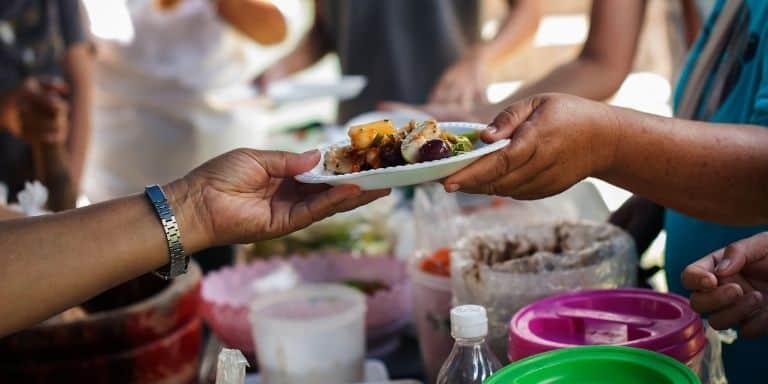
Leftover prepared food from restaurants can be donated to those in need if they are not fed to employees as a staff meal or repurposed. A place that will take restaurant leftovers include:
- Homeless shelters
- Food banks
- Soup kitchens
Large cities may also have leftover food delivery services that will pick up leftover food from local restaurants and deliver them to the needy or different organizations that serve the needy. Food Runners is a food recovery program located in San Francisco.
Why Do Not All Restaurants Donate Leftovers?
Many restaurants are still reluctant to donate food to the needy because before 1996 they could be held reliable if an individual was to become ill due to their donated food.
In 1996, Clinton signed The Federal Bill Emerson Good Samaritan Donation Act into law. This act protects organizations and restaurants from being held liable if someone was to get sick from donated food. The purpose of this act was to encourage restaurants to donate leftover prepared foods, rather than throw them away.
Organizations and restaurants can still be held liable if they knowingly donated food items or prepared food that was spoiled and would cause food-borne illness among its recipients.
What About Unprepared Food?
We have talked a lot about prepared food that is not used during service or to feed the staff after their shift, but what about unprepared food? Unprepared foods can also be donated to the needed or sent with a food recovery program.
If the chef orders too much produce, fruits and vegetables, it may start to develop blemishes. The produce is still good to eat, but because the appearance of food is important in restaurant service it will not be used. They can then box it up to donate or have picked it up.
What Do Buffet Restaurants Do With Leftovers?
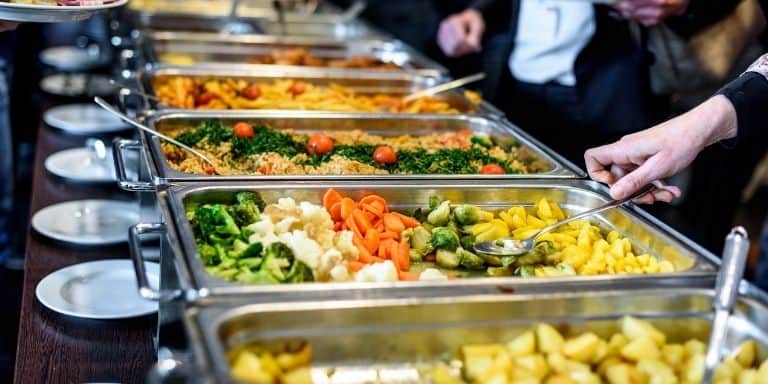
Buffet restaurants, or restaurants that have a salad buffet, have to remove food from the buffet line when it no longer meets the food safety guidelines to be served. Once food, rather kept cold or hot, strays into the Food Danger Zone range of 39-140°F it must be disposed of.
Food taken away from the buffet is treated the same way that prepared leftover food served to customers is treated. It is contaminated and unsafe for human consumption, so it is either thrown in a trash bin or a compost bin.
Buffet restaurants may also donate the food they pull from the buffet line to local farmers, such as pig farmers. Then the pigs are fed the food scraps and increasing the amount of food waste throughout the world is avoided.
When a tray of food meant to be displayed in the buffet case is no longer needed and has been kept at a safe temperature, it can then be okay to use that leftover food for another use or the next day. The food must remain out of the Food Danger Zone, though.
What Do Bakeries Do With Leftovers?
You may be surprised to learn that there is not much food waste when it comes to bakeries. They are usually efficient at repurposing and reusing baked goods or scraps from baking goods they will sell. For example, using the shaving off a decorated cake to make cake balls or cake pops.
Bread is a common food product sold in bakeries. Just like the chef must estimate how much of a dish they will sell out of at a restaurant, a baker must estimate the amount of bread they may sell per day. When there is leftover, stale bread that can longer be sold as “day-old loaves” can be repurposed as:
- Croutons
- Bread crumbs
- Bread pudding
- French toast
The bakery may use these repurposed bread items if they serve dishes that use them as ingredients. If not, they will often donate or sell the repurposed bread products to restaurants or cafes that will use them.
Just like restaurants and buffets, food that is served to customers or no longer safe for human consumption must be thrown out. Food that is leftover in a display case or in the back that is soon to expire is often donated to the needy.
Let’s Wrap It Up
We have discussed many situations in which leftovers are found in restaurants and other food establishments and what is one with each type. It is up to the head chef, manager, or restaurant owner to determine how leftover food is dealt with, whether repurposed, donated, or trashed. The best practice is to reuse or donate leftover food when able to.

